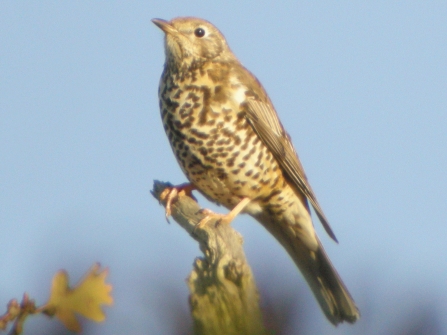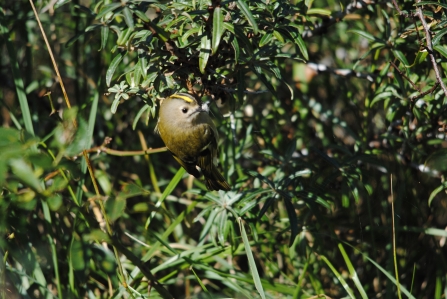It’s International Dawn Chorus Day and the morning starts with silence. Well, it started with my alarm going off at 3:30am, followed by a few groans as I stretch; I’m no longer a spring chicken it would appear. But now, out on Mirrlees Fields, silence blankets the site. It folds into the woodland glades, tucks in amongst the leaves and clings in the canopy. The air is thick with the lack of sound mixed with a tangible anticipation. You can almost taste both.
Then from out of the noiseless space, a blackbird breaks into song, bravely opening the performance with a solo. Full-bodied, cheery, distinct and familiar, it might just be my favourite bird song. But it doesn’t have the stage to itself for long. A robin, spurred into song by the increasing light levels, joins in, adding more of a jazz-tone to the start of the dawn chorus. The two duet for several minutes, bringing in their second chairs and the rest of their peers as they go - all competing for that top spot.



